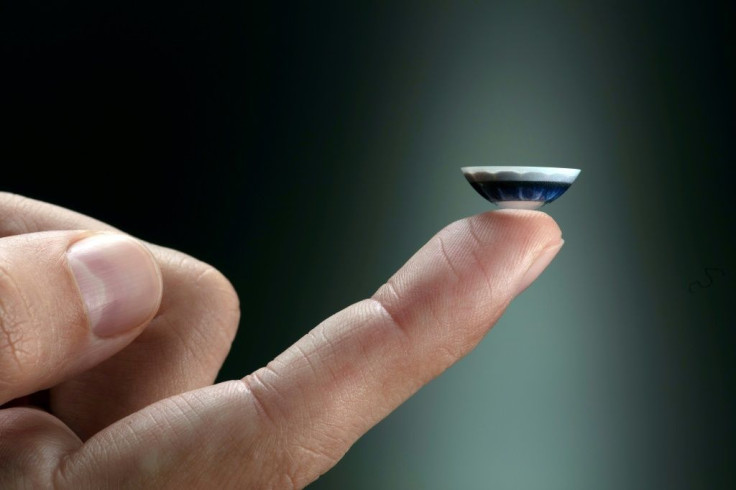With Halloween Around The Corner, FDA Warns Against Dangers Of Decorative Contact Lens
KEY POINTS
- Contact lens are "medical devices" monitored by FDA for safety and effectiveness
- There's no one size fits all and ill-fitted contact lens can damage the eyes
- Eye infection symptoms include redness, discharge and prolonged pain
With Halloween preparations in full swing, people often overlook the harms of decorative contact lenses. The U.S. Food and Drug Administration (FDA) has warned against the dangers of these contact lenses.
Decorative contact lenses are known by many other names – Halloween contact lenses, fashion contact lenses, colored contact lenses, cosmetic contact lenses, or theatre contact lenses.
Halloween parties, cosplays, and other themed events are some of the occasions where these lenses are popular. The lenses are generally used to give unique shapes and colors to the eyes to match the overall look.
The first thing to know about contact lenses is that all types require a prescription. These are "medical devices" that are monitored by US FDA for safety and effectiveness. If a vendor is selling decorative contact lenses without asking for a prescription, it is illegal and needs to be reported.
Making light of this warning can do some serious damage to the eyes.
"Consumers need to know that permanent eye damage can occur from using non-prescription lenses," Thomas Steinemann, MD, a practicing ophthalmologist at MetroHealth Medical Center in Cleveland, Ohio, said, American Academy of Ophthalmology reported. "Personally, I have seen far too many serious cases in both children and adults from using decorative lenses."
Some of the risks associated with wearing incorrect decorative contact lenses include a cut or scratch on the cornea (corneal abrasion), allergic reactions, infection, decreased vision, and even blindness.
The FDA has released a list of dos and don'ts regarding decorative contact lenses:
- First and foremost, get an eye exam. After looking at the eyes, a licensed eye doctor will assure that the contact lenses fit properly. An ill-fitted contact lens can damage the eyes. Also, make sure to get follow-up eye exams as instructed by the doctor.
- Next, get a prescription. The right prescription should include the brand name, lens measurements, and expiration date.
- Religiously follow the care instructions. Contact lenses come with instructions on wearing, cleaning, and disinfecting them. If you do not find the instructions, consult an eye doctor.
- Remove contact lenses and seek medical help in case of an infection. Eye infection symptoms include redness, pain, and discharge from the eyes.
- Do not share contact lenses with others. There's no one-size-fits-all since all eyes are not of the same size and shape.
- Don't buy contact lenses without a prescription. Avoid buying contact lenses from a street vendor, beauty supply store, flea market, novelty store, Halloween store, or unknown online distributors. There is a chance the contact lenses may be contaminated and/or counterfeit.
Safe avenues to buy contact lenses are from an eye doctor, on the Internet, or from a mail-order company, including foreign manufacturers/distributors of decorative lenses. Pay special attention to ensure the company is selling FDA-approved contact lenses.

© Copyright IBTimes 2025. All rights reserved.





















